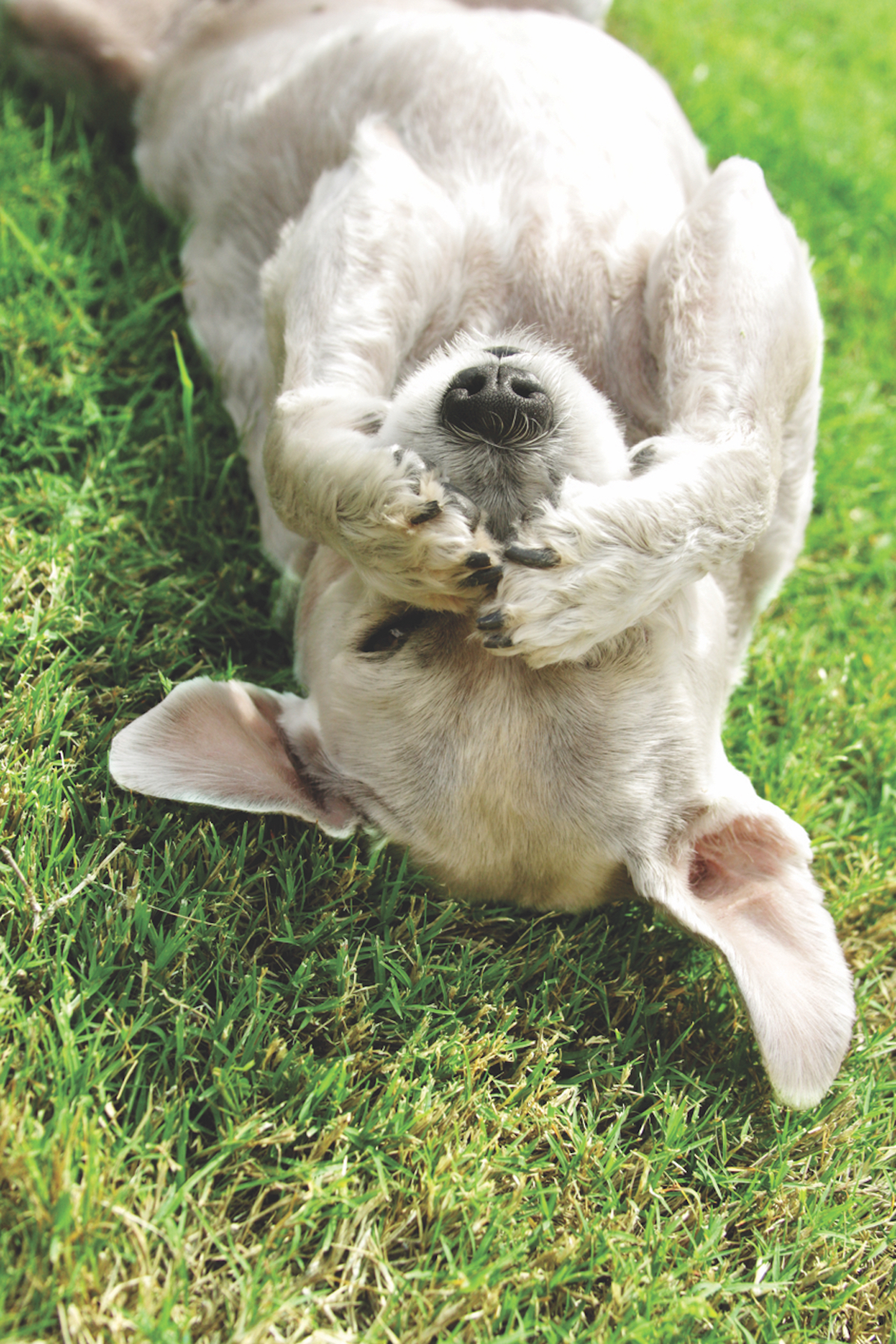By Tracie Korol
Every couple of years I brush off my crush on Deepak Chopra, read all his new stuff and check out what’s new on his website. Invariably, my curiosity is piqued and my crush maintenance turns into another opportunity to dig little deeper into Ayurveda, a lifestyle and philosophy Deepak brought to Western light.
Ayurveda, from the Sanskrit veda for “science” and ayur “for life” might be the oldest system for holistic medicine, going back 6,000 years or more. Given that ancient Ayurvedic texts included some of the first explorations in veterinary medicine focusing on animal welfare, treatment therapies, diet management and surgery, it’s a natural transition to include some of Ayurveda’s principles into daily life with your Best Friend.
We usually refer to our dogs as large, medium or small. In Ayurveda, body types are more complex than that. Based on the five elements theory — water, air, earth, fire, ether — this method of body typing is unique to Ayurvedic medicine. Determining your pet’s body type allows you to learn how to create balance in their mind, body and spirit, thereby allowing your Best Friend to achieve and maintain optimal health. Moreover, when our pets are functioning at optimal levels, they benefit not only themselves, but also the world around them, hopefully in a positive way. For instance, when your dog is healthy, good-spirited, nice-smelling and well behaved, he is a joy to be around. Conversely, if your dog doesn’t feel well, is crabby and achy, he may snap at the kid next door thereby causing a certain amount of disharmony on your street.
In individuals and pets, the five elements manifest as the Tri-dosha. Dosha means “protective,” or, when out of balance, “disease-producing.” The Tri-dosha are the three metabolic forces that make up the mind and body. They are called Vata, (Ether + Air), Pitta (Fire + Water) and Kapha (Water + Earth).
From the Ayurvedic perspective, these three metabolic forces control all biological and psychological functions of the body, mind and consciousness and have specific, yet subtle, properties. These forces determine personality traits, and physiological structure, with the influence of gender, diet, lifestyle, behavior, emotions and even seasons.
The unique individual constitution produces natural urges and individual tastes in food, flavor and temperature. The doshas govern the maintenance and destruction of bodily tissue and the elimination of waste products. They are also responsible for psychological phenomena, including emotions of fear, anger and greed as well as those of the highest order: understanding, compassion and love.
A balance of the dosha is necessary for optimal health for people and pets. The doshas increase by similar properties and are diminished by the opposite ones. For example, Vata is dry, light, and cold so any food, medicine, or behavior that increases these qualities will increase Vata within the body — a good thing. Conversely, anything oily, heavy or hot will decrease Vata, not so good.
Together, the doshas govern all metabolic activities: anabolism (Kapha), catabolism (Vata) and metabolism (Pitta). There can be up to 10 different constitutions, depending upon the permutation and combination of Vata, Pitta and Kapha. A person, or dog, can even be all three at once, but with one dosha dominant.
The combination of the three humors remains unchanged throughout a pet’s (or a person’s) lifetime but can respond to environmental changes such as diet and lifestyle, thereby providing the opportunity for you and your pet to maintain health, or compromise it.
To find out your dosha, check out Deepak’s quiz at http://doshaquiz.chopra.com. Next time: the Vata dog.






